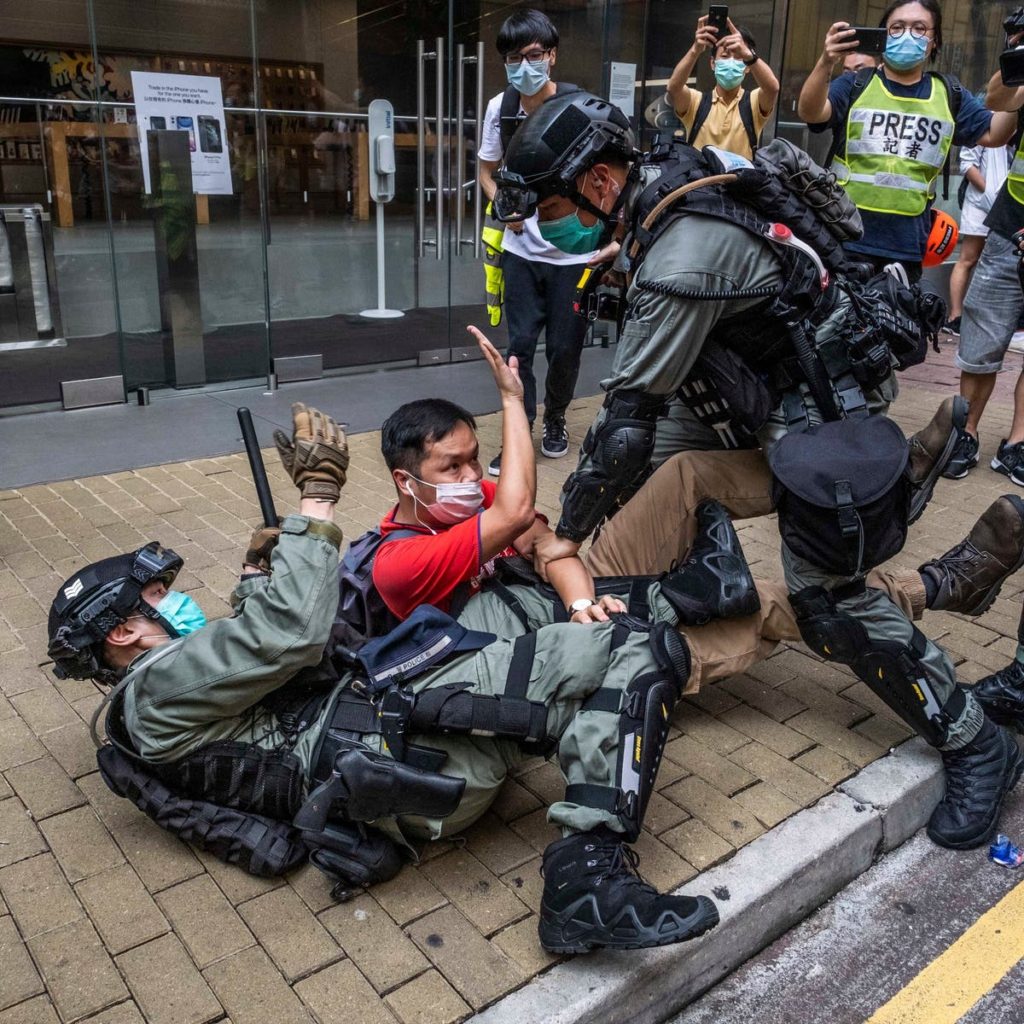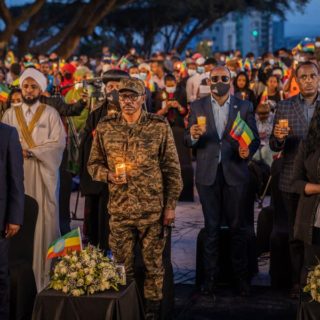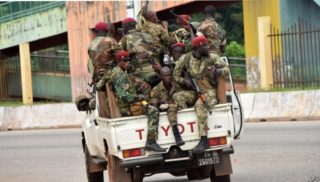
Police officers clashed with protesters in Hong Kong demonstrating against China’s proposed national security legislation this week.Credit…Lam Yik Fei for The New York Times
When the coronavirus pandemic hit this winter, it stilled the anti-establishment protests that had erupted across the world last year. Demonstrations are now creeping back into public spaces, with the coronavirus part of protesters’ new reality.
As Hong Kong brought local Covid-19 transmissions to a standstill this spring, thousands of people began returning to the streets — in masks, and sometimes at a healthy distance from each other — to protest Beijing’s contentious national security legislation for the territory.
At a protest near Beijing’s representative office in Hong Kong last week, some demonstrators tried to obey virus-related rules that ban public gatherings of more than eight people — by marching in bands of eight. One of them, the pro-democracy district councilor Lo Kin-hei, said on Twitter that he had been fined by the police anyway.
Hong Kong’s pro-Beijing government has extended the ban on large gatherings until June 4, the day an annual candlelight vigil to commemorate the Tiananmen crackdown in 1989 is usually held at a local park. Protest organizers, who say that the timing is no coincidence, have called on residents to light candles across the city instead of gathering.
And in the United States, where the coronavirus pandemic has kept many people from large gatherings for months, mass protests have erupted in a number of cities over the death of a black man, George Floyd,in police custody. Masks have often been in evidence, social distancing somewhat less so.
Overnight, a police station was set on fire in Minneapolis, where Mr. Floyd died on Monday after a police officer pinned him to the ground with a knee to the neck. Some in the crowd brought up the disproportionately large toll that the virus has taken in minority communities.




